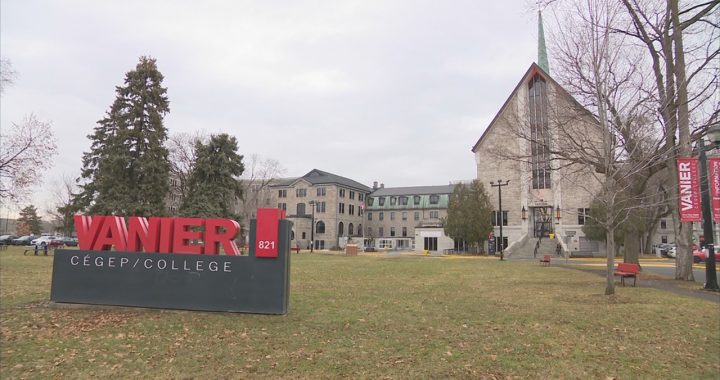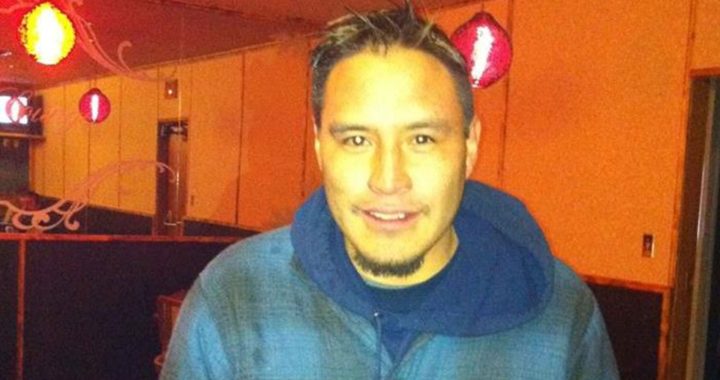The Independent Special Interlocutor on missing children and unmarked graves says the histories of cemeteries at former Indian Residential schools are evidence of genocide and mass human rights violations.
According to Kimberly Murray in her latest report, she wanted to “show the evidence by putting the images of the historical documents, the photos of the cemeteries, the photos of the maps that show they existed.”
“All of this evidence of genocide and mass human rights breaches have been buried in archives and hidden from the public eye,” says Murray who adds its important to put it out there so Canadians can see it for themselves.
The report also says the actions and failures to act by government and church entities created the “crisis of disappeared children and unmarked burials” that survivors, families and communities are still facing today.
Murray says money was often a factor.
“It was the driving force of the government to keep costs down and so it was their direct policy that they would not send the children back home for burial if they died and that happened not just in the Indian residential schools but with all the other institutions that I identify in the report,” says Murray.
“They buried the children in common graves, they are buried in mass graves and I put that evidence in the report, where we see the invoices, we see the letters from the Indian agents, we see the conversations from the churches and the federal government on how the children were not to be returned home.”
The historical report is also the focus of this week’s Truth and Politics Panel.
The panel weighs in
Policy analyst Jennifer Laewetz says unfortunately, she doesn’t think the new report will do anything to combat residential school denialism.
“There is a real serious problem out there of people that carry these biases, stereotypes and deep-rooted hate for our people naturally and with that comes denying any atrocities that our people have faced and unfortunately residential school denialism is on the rise,” says Laewetz.
“We view death very differently than other cultures and I feel that respect and that patience is not given to us to navigate this as we see fit and unfortunately we’re going to continue dealing with residential school denialism and there’s going to be a real effort for us to combat that,” says Laewetz.
Niigaan Sinclair believes any exhumations would likely be based on DNA studies of soil.
“Anyone who expects to find exhumations or bodies dug up, is simply just macabre or doesn’t understand science,” says Sinclair.
The report says there are 150 Indigenous communities leading searches and investigations across Canada and the work will continue for many years to come.
Murray says she is calling on the federal government to expand the scope of funding so communities can search the grounds of other institutions like sanatoriums.
Murray will release her final report on an Indigenous-led Reparations Framework at a National Gathering on Unmarked Burials in Gatineau, Que., on October 29 and 30.











